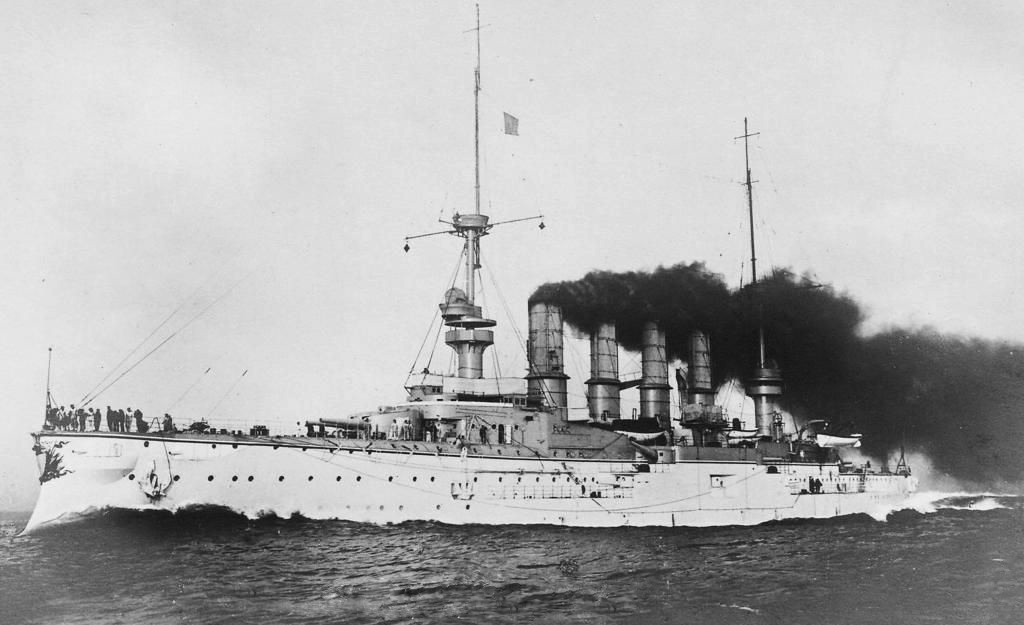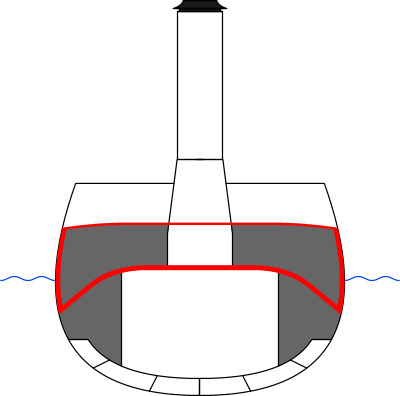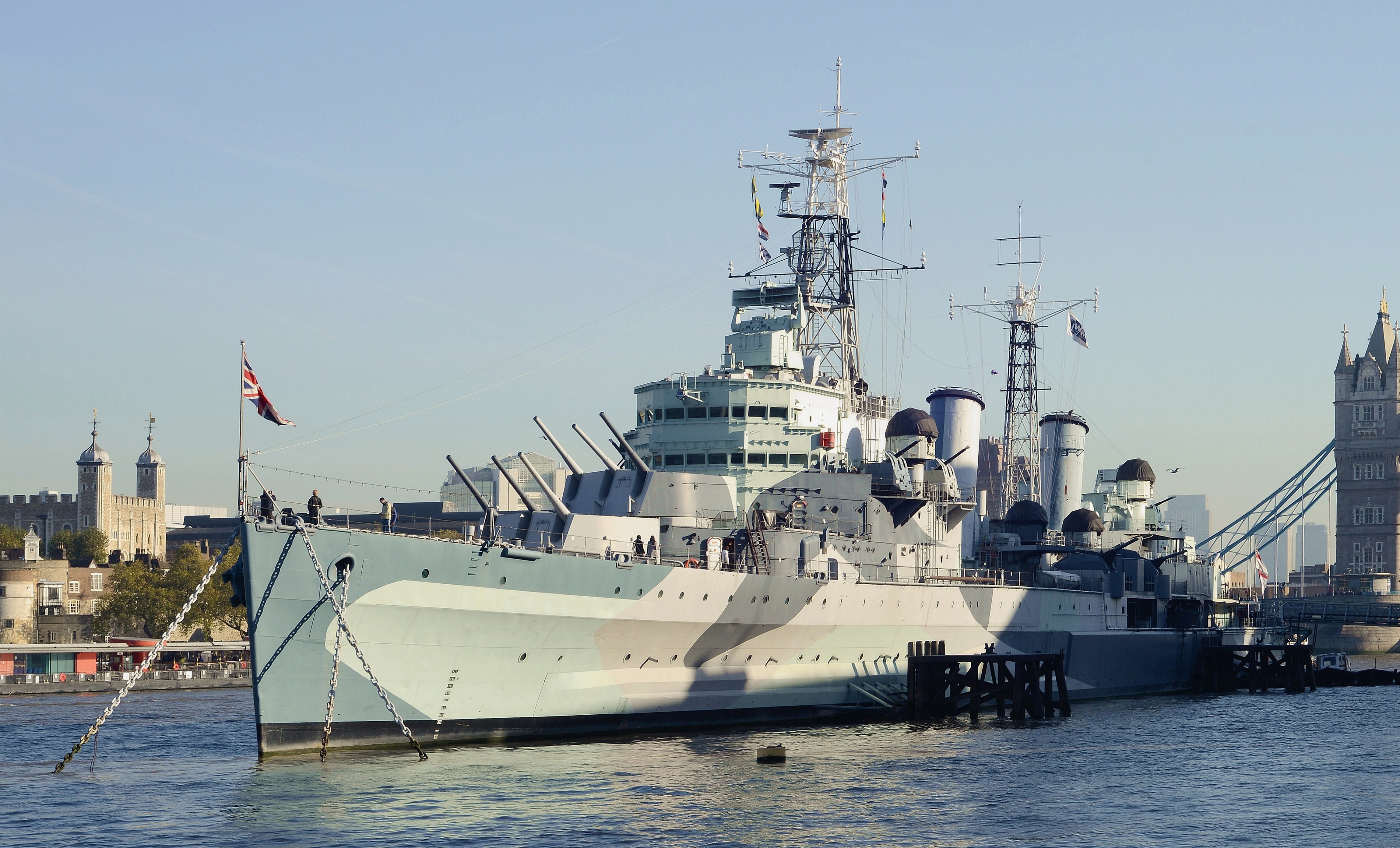|
HMS Inflexible (1907)
HMS ''Inflexible'' was one of three s built for the Royal Navy before World War I and had an active career during the war. She tried to hunt down the German battlecruiser and the light cruiser in the Mediterranean Sea when war broke out and she and her sister ship sank the German armoured cruisers and during the Battle of the Falkland Islands. ''Inflexible'' bombarded Ottoman Empire, Turkish forts in the Dardanelles in 1915, but was damaged by return fire and struck a mine while maneuvering. She had to be beached to prevent her from sinking, but she was patched up and sent to Malta, and then Gibraltar for more permanent repairs. Transferred to the Grand Fleet afterwards, she damaged the German battlecruiser during the Battle of Jutland in 1916 and watched ''Invincible'' explode. She was deemed obsolete after the war and was sold for ship breaking, scrap in 1921. Design The ''Invincible''-class ships were formally known as armoured cruisers until 1911 when they were redes ... [...More Info...] [...Related Items...] OR: [Wikipedia] [Google] [Baidu] |
Inflexible LOC Det 4a16122
Inflexible may refer to: *Stiffness, the rigidity of an object, the extent to which it resists deformation in response to an applied force *Beardmore Inflexible, a British three-engined all-metal prototype bomber aircraft of the 1920s *HMS Inflexible, HMS ''Inflexible'', one of several Royal Navy ships of this name *Inflexible-class ship of the line, ''Inflexible''-class ship of the line built for the Royal Navy in the late 16th century *French submarine Inflexible (S615), French submarine ''Inflexible'' (S615), a French nuclear submarine *LMS Jubilee Class 5727 ''Inflexible'', a steam locomotive constructed in 1936. *ST Inflexible, ST ''Inflexible'', a French tugboat See also *Flexibility (other) {{disambig ... [...More Info...] [...Related Items...] OR: [Wikipedia] [Google] [Baidu] |
Gun Turret
A gun turret (or simply turret) is a mounting platform from which weapons can be fired that affords protection, visibility and ability to turn and aim. A modern gun turret is generally a rotatable weapon mount that houses the crew or mechanism of a projectile-firing weapon and at the same time lets the weapon be aimed and fired in some degree of azimuth and elevation (cone of fire). Description Rotating gun turrets protect the weapon and its crew as they rotate. When this meaning of the word "turret" started being used at the beginning of the 1860s, turrets were normally cylindrical. Barbettes were an alternative to turrets; with a barbette the protection was fixed, and the weapon and crew were on a rotating platform inside the barbette. In the 1890s, armoured hoods (also known as "gun houses") were added to barbettes; these rotated with the platform (hence the term "hooded barbette"). By the early 20th century, these hoods were known as turrets. Modern warships have gun-m ... [...More Info...] [...Related Items...] OR: [Wikipedia] [Google] [Baidu] |
Gibraltar
Gibraltar ( , ) is a British Overseas Territories, British Overseas Territory and British overseas cities, city located at the southern tip of the Iberian Peninsula, on the Bay of Gibraltar, near the exit of the Mediterranean Sea into the Atlantic Ocean (Strait of Gibraltar). It has an area of and is Gibraltar–Spain border, bordered to the north by Spain (Campo de Gibraltar). The landscape is dominated by the Rock of Gibraltar, at the foot of which is a densely populated town area. Gibraltar is home to some 34,003 people, primarily Gibraltarians. Gibraltar was founded as a permanent watchtower by the Almohad Caliphate, Almohads in 1160. It switched control between the Nasrids, Crown of Castile, Castilians and Marinids in the Late Middle Ages, acquiring larger strategic clout upon the destruction of nearby Algeciras . It became again part of the Crown of Castile in 1462. In 1704, Anglo-Dutch forces Capture of Gibraltar, captured Gibraltar from Spain during the War of the S ... [...More Info...] [...Related Items...] OR: [Wikipedia] [Google] [Baidu] |
Malta
Malta, officially the Republic of Malta, is an island country in Southern Europe located in the Mediterranean Sea, between Sicily and North Africa. It consists of an archipelago south of Italy, east of Tunisia, and north of Libya. The two official languages are Maltese language, Maltese and English language, English. The country's capital is Valletta, which is the smallest capital city in the EU by both area and population. It was also the first World Heritage Site, World Heritage City in Europe to become a European Capital of Culture in 2018. With a population of about 542,000 over an area of , Malta is the world's List of countries and dependencies by area, tenth-smallest country by area and the List of countries and dependencies by population density, ninth-most densely populated. Various sources consider the country to consist of a single urban region, for which it is often described as a city-state. Malta has been inhabited since at least 6500 BC, during the Mesolith ... [...More Info...] [...Related Items...] OR: [Wikipedia] [Google] [Baidu] |
Dardanelles
The Dardanelles ( ; ; ), also known as the Strait of Gallipoli (after the Gallipoli peninsula) and in classical antiquity as the Hellespont ( ; ), is a narrow, natural strait and internationally significant waterway in northwestern Turkey that forms part of the continental boundary between Asia and Europe and separates Asian Turkey from European Turkey. Together with the Bosporus, the Dardanelles forms the Turkish Straits. One of the world's narrowest straits used for International waterway, international navigation, the Dardanelles connects the Sea of Marmara with the Aegean Sea, Aegean and Mediterranean Sea, Mediterranean seas while also allowing passage to the Black Sea by extension via the Bosporus. The Dardanelles is long and wide. It has an average depth of with a maximum depth of at its narrowest point abreast the city of Çanakkale. The first fixed crossing across the Dardanelles opened in 2022 with the completion of the 1915 Çanakkale Bridge. Most of the northe ... [...More Info...] [...Related Items...] OR: [Wikipedia] [Google] [Baidu] |
Ottoman Empire
The Ottoman Empire (), also called the Turkish Empire, was an empire, imperial realm that controlled much of Southeast Europe, West Asia, and North Africa from the 14th to early 20th centuries; it also controlled parts of southeastern Central Europe, between the early 16th and early 18th centuries. The empire emerged from a Anatolian beyliks, ''beylik'', or principality, founded in northwestern Anatolia in by the Turkoman (ethnonym), Turkoman tribal leader Osman I. His successors Ottoman wars in Europe, conquered much of Anatolia and expanded into the Balkans by the mid-14th century, transforming their petty kingdom into a transcontinental empire. The Ottomans ended the Byzantine Empire with the Fall of Constantinople, conquest of Constantinople in 1453 by Mehmed II. With its capital at History of Istanbul#Ottoman Empire, Constantinople (modern-day Istanbul) and control over a significant portion of the Mediterranean Basin, the Ottoman Empire was at the centre of interacti ... [...More Info...] [...Related Items...] OR: [Wikipedia] [Google] [Baidu] |
Battle Of The Falkland Islands
The Battle of the Falkland Islands was a First World War naval action between the British Royal Navy and Imperial German Navy on 8 December 1914 in the South Atlantic. The British, after their defeat at the Battle of Coronel on 1 November, sent a large force to track down and destroy the German cruiser squadron. The battle is commemorated every year on 8 December in the Falkland Islands as a public holiday. Admiral Graf Maximilian von Spee commanding the German squadron of two armoured cruisers, and , the light cruisers , and , and the colliers SS ''Baden'', SS ''Santa Isabel'', and SS ''Seydlitz''Battle of the Falkland Islands -names the three German auxiliary ships and states that ''Bristol'' and ''Macedonia'' sank the colliers ''Baden'' and ''Santa Isabel'', while 'the other collier', ''Seydlitz'', escaped.- ''www.wo ... [...More Info...] [...Related Items...] OR: [Wikipedia] [Google] [Baidu] |
Armoured Cruiser
The armored cruiser was a type of warship of the late 19th and early 20th centuries. It was designed like other types of cruisers to operate as a long-range, independent warship, capable of defeating any ship apart from a pre-dreadnought battleship and fast enough to outrun any battleship it encountered. For many decades, naval technology had not advanced far enough for designers to produce a cruiser that combined an armored belt with the long-range and high speed required to fulfill its mission. For this reason, beginning in the 1880s and 1890s, many navies preferred to build protected cruisers, which only relied on a lightly armored deck (ship), deck to protect the vital parts of the ship. However, by the late 1880s, the development of modern rapid-fire breech-loading cannons and high-explosive shells made the reintroduction of side armor a necessity. The invention of Case-hardening, case-hardened armor in the mid-1890s offered effective protection with less weight than previou ... [...More Info...] [...Related Items...] OR: [Wikipedia] [Google] [Baidu] |
Sister Ship
A sister ship is a ship of the same Ship class, class or of virtually identical design to another ship. Such vessels share a nearly identical hull and superstructure layout, similar size, and roughly comparable features and equipment. They often share a common naming theme, either being named after the same type of thing or person (places, constellations, heads of state) or with some kind of alliteration. Typically the ship class is named for the first ship of that class. Often, sisters become more differentiated during their service as their equipment (in the case of naval vessels, their armament) are separately altered. For instance, the U.S. warships , , , and are all sister ships, each being an . Perhaps the most famous sister ships were the White Star Line's s trio, consisting of , and . As with some other liners, the sisters worked as running mates. Of the three sister ships, ''Titanic'' and ''Britannic'' would both sink within a year of being launched, while RMS ''O ... [...More Info...] [...Related Items...] OR: [Wikipedia] [Google] [Baidu] |
Mediterranean Sea
The Mediterranean Sea ( ) is a sea connected to the Atlantic Ocean, surrounded by the Mediterranean basin and almost completely enclosed by land: on the east by the Levant in West Asia, on the north by Anatolia in West Asia and Southern Europe, on the south by North Africa, and on the west almost by the Morocco–Spain border. The Mediterranean Sea covers an area of about , representing 0.7% of the global ocean surface, but its connection to the Atlantic via the Strait of Gibraltar—the narrow strait that connects the Atlantic Ocean to the Mediterranean Sea and separates the Iberian Peninsula in Europe from Morocco in Africa—is only wide. Geological evidence indicates that around 5.9 million years ago, the Mediterranean was cut off from the Atlantic and was partly or completely desiccation, desiccated over a period of some 600,000 years during the Messinian salinity crisis before being refilled by the Zanclean flood about 5.3 million years ago. The sea was an important ... [...More Info...] [...Related Items...] OR: [Wikipedia] [Google] [Baidu] |
Light Cruiser
A light cruiser is a type of small or medium-sized warship. The term is a shortening of the phrase "light armored cruiser", describing a small ship that carried armor in the same way as an armored cruiser: a protective belt and deck. Prior to this smaller cruisers had been of the protected cruiser model, possessing armored decks only. While lighter and smaller than other contemporary ships they were still true cruisers, retaining the extended radius of action and self-sufficiency to act independently around the world. Cruisers mounting larger guns and heavier armor relative to most light cruisers would come to be known as heavy cruisers, though the designation of 'light' versus 'heavy' cruisers would vary somewhat between navies. Through their history light cruisers served in a variety of roles, primarily on long-range detached patrol work, covering other military operations or global shipping lanes, as scouts and fleet support vessels for battle fleets, as destroyer command ship ... [...More Info...] [...Related Items...] OR: [Wikipedia] [Google] [Baidu] |
World War I
World War I or the First World War (28 July 1914 – 11 November 1918), also known as the Great War, was a World war, global conflict between two coalitions: the Allies of World War I, Allies (or Entente) and the Central Powers. Fighting took place mainly in European theatre of World War I, Europe and the Middle Eastern theatre of World War I, Middle East, as well as in parts of African theatre of World War I, Africa and the Asian and Pacific theatre of World War I, Asia-Pacific, and in Europe was characterised by trench warfare; the widespread use of Artillery of World War I, artillery, machine guns, and Chemical weapons in World War I, chemical weapons (gas); and the introductions of Tanks in World War I, tanks and Aviation in World War I, aircraft. World War I was one of the List of wars by death toll, deadliest conflicts in history, resulting in an estimated World War I casualties, 10 million military dead and more than 20 million wounded, plus some 10 million civilian de ... [...More Info...] [...Related Items...] OR: [Wikipedia] [Google] [Baidu] |







